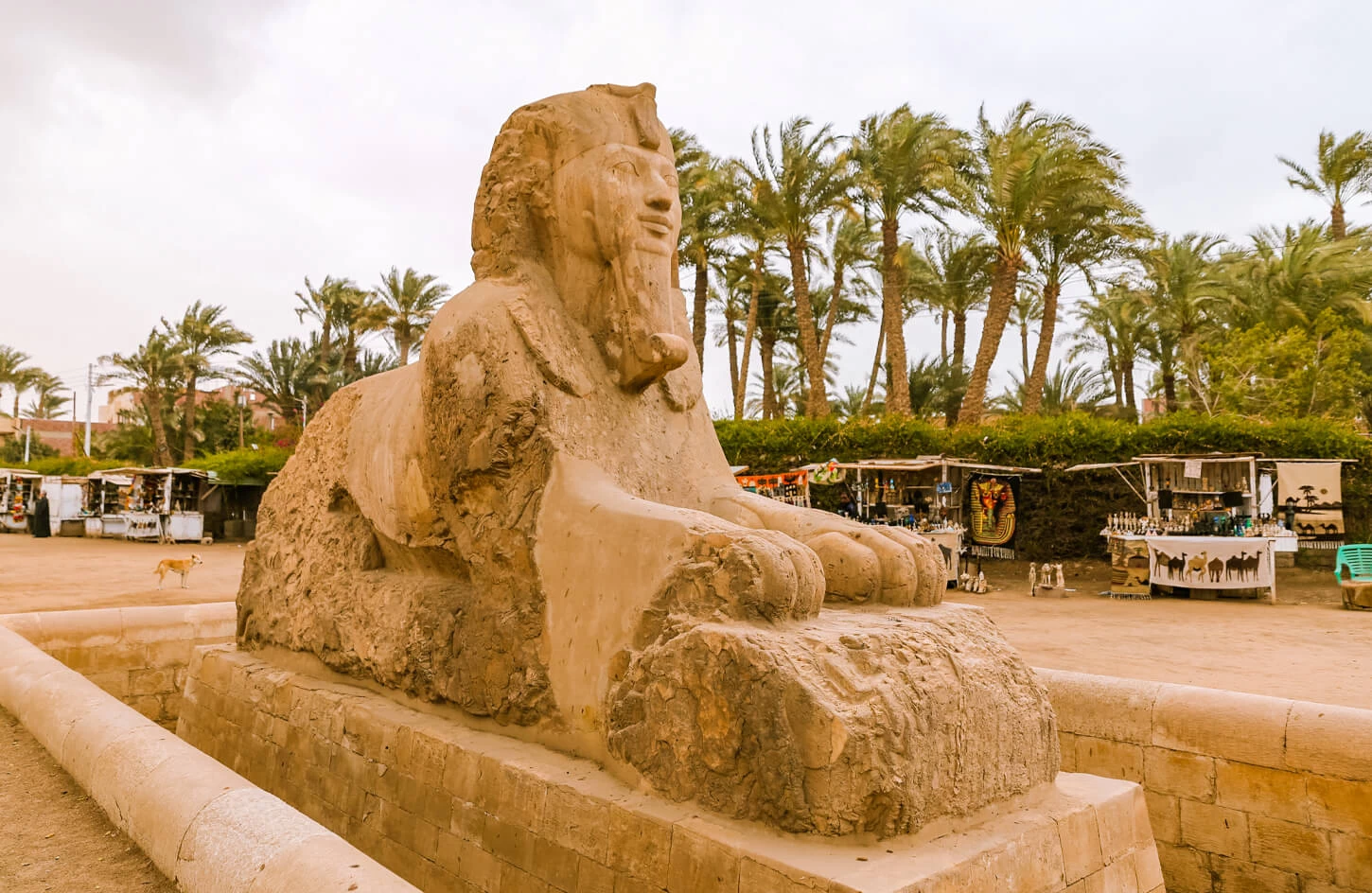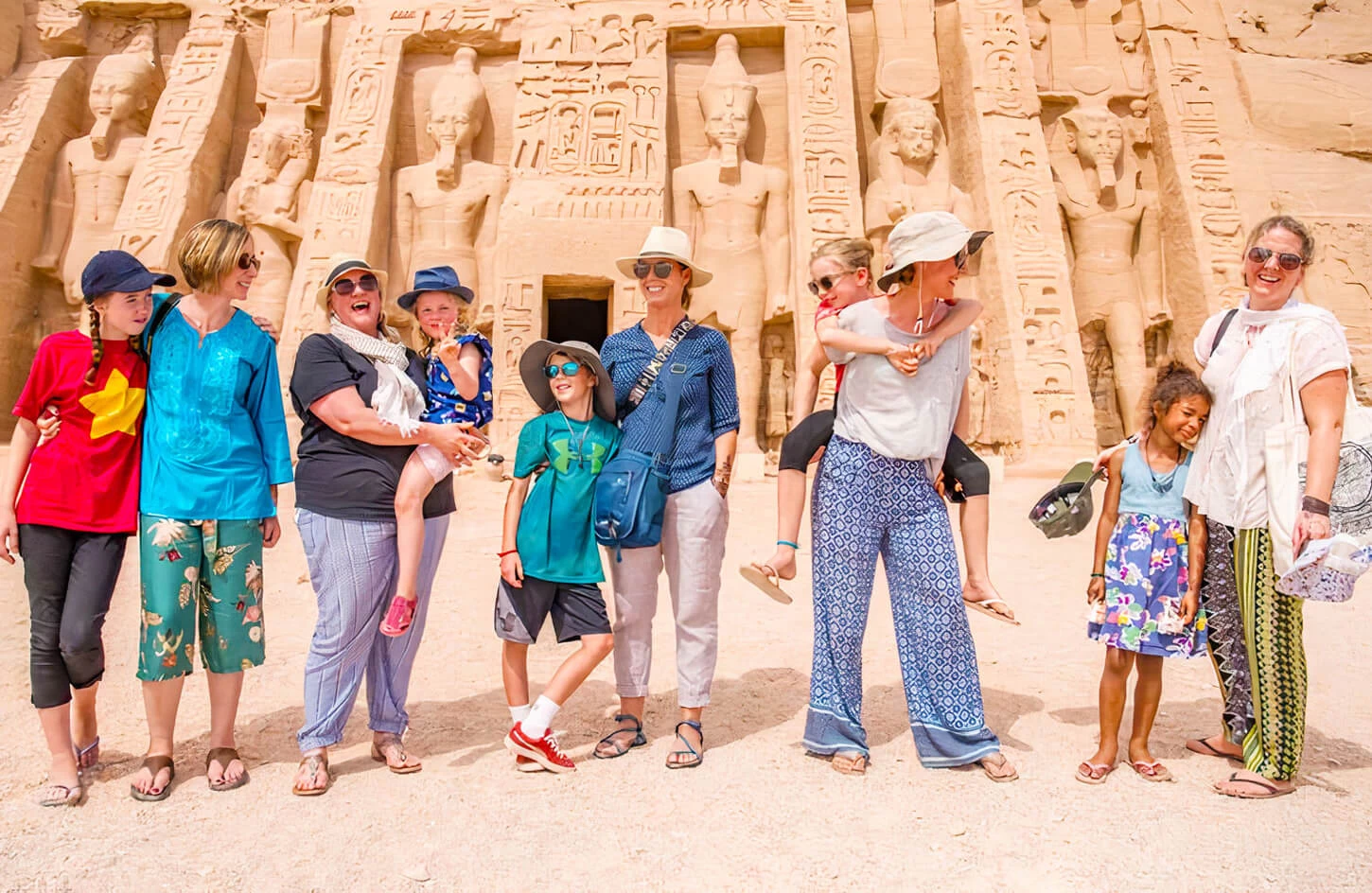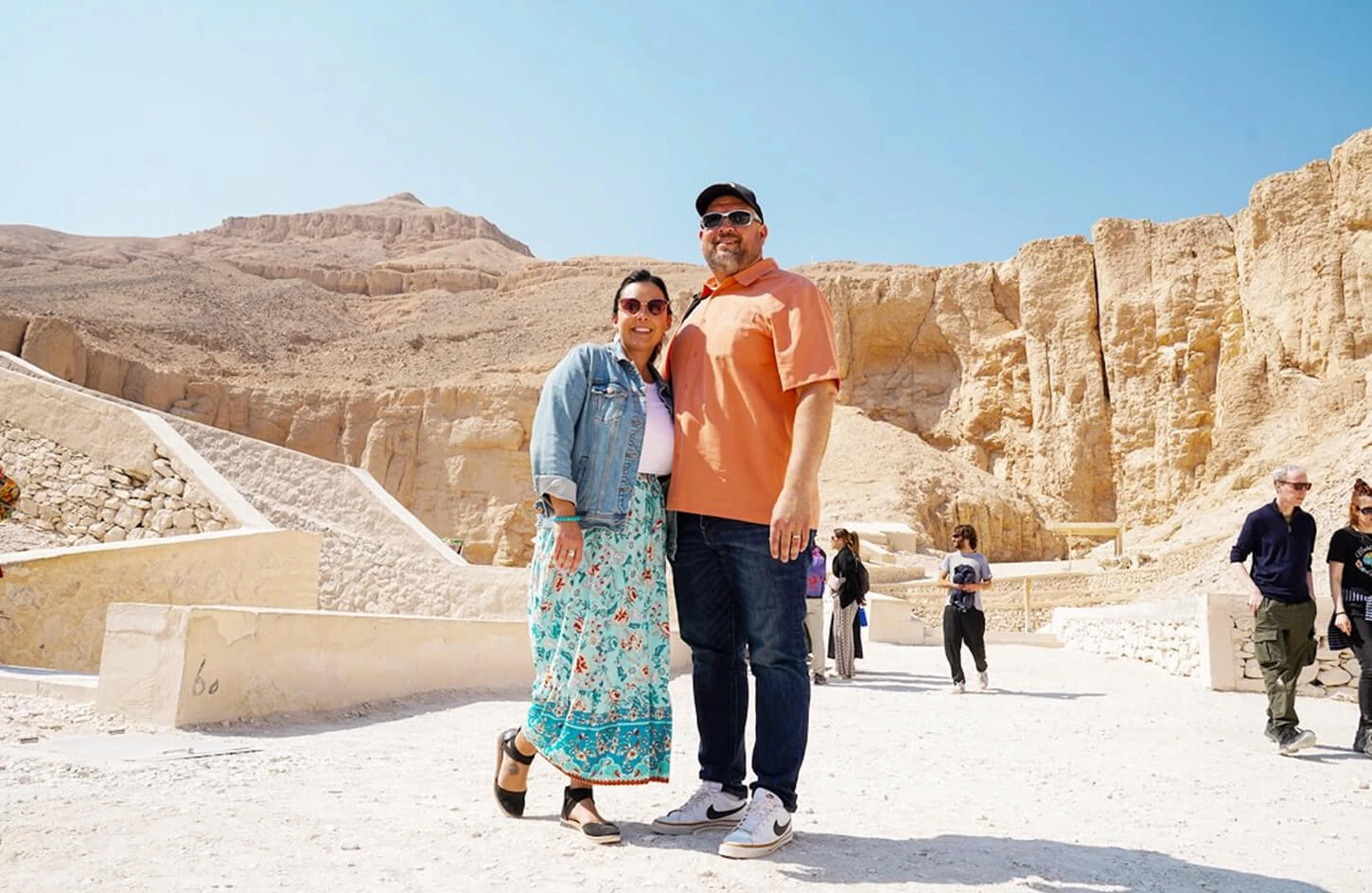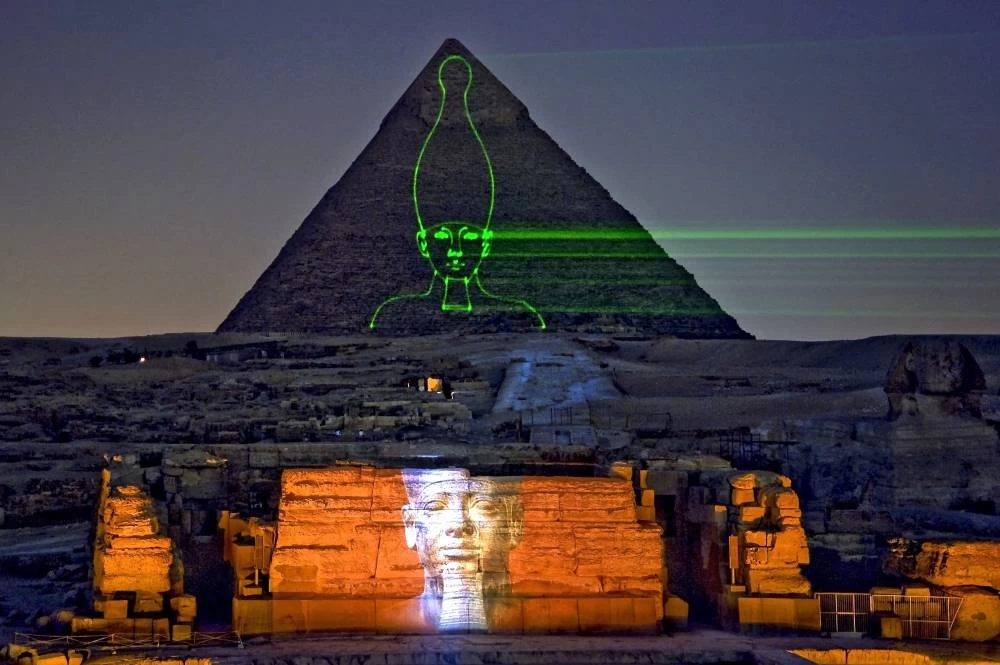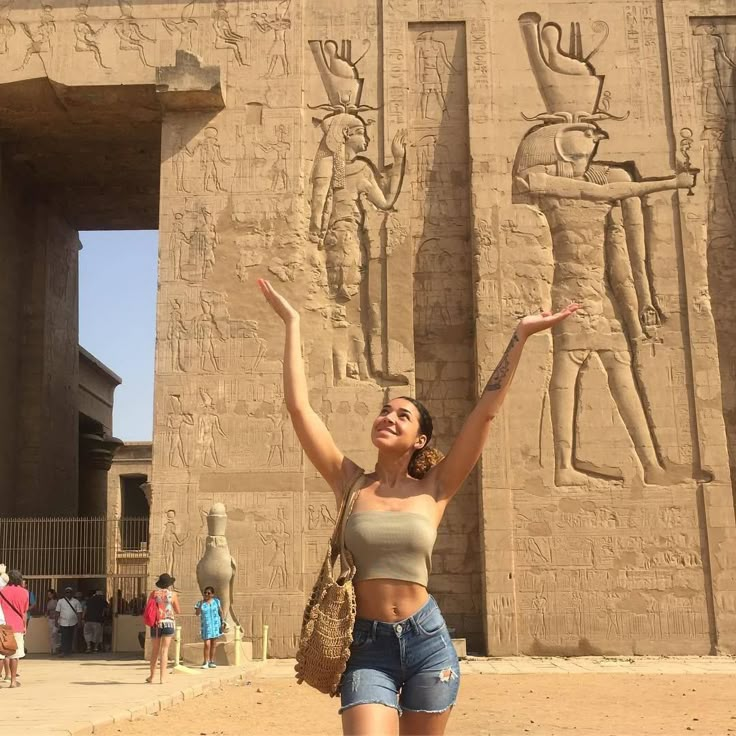Decoding Egyptian Hieroglyphs
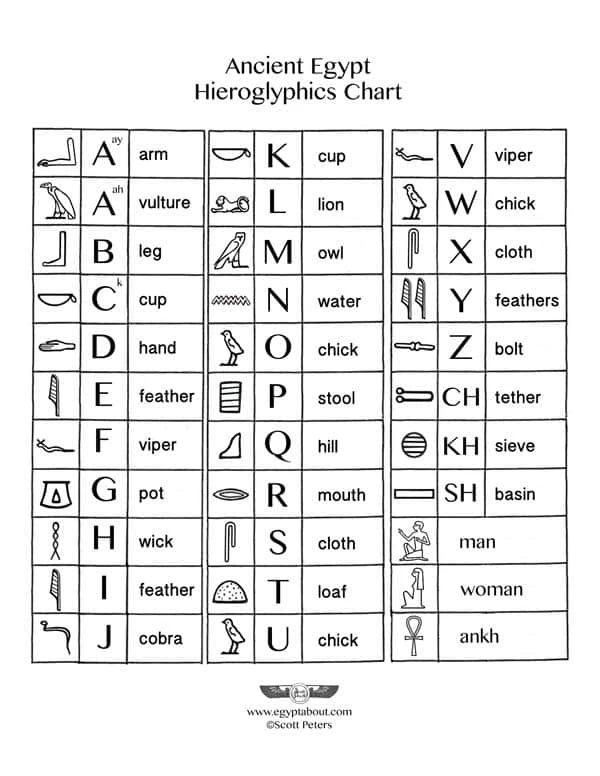
How do you decode Egyptian hieroglyphics?
Decoding Egyptian hieroglyphics calls for an equal balancing act of figuring out their symbols, structure, and context. Here's step by step and a simplified version as shown below:
1. Find Out about the Hieroglyphic System
What Are Hieroglyphs? Egyptian hieroglyphs consist of logograms (symbols or meanings for words or ideas) and phonetic symbols (symbols for sound). Egyptian hieroglyphs primarily appeared on religious writing, monumental texts, and official documents.
Types of Symbols
Phonetic Symbols: Symbolize a single syllable or a single phoneme. For example, a reed can symbolize the "i" sound and a vulture symbolize the "a" sound.
Logograms: Symbolize a concept or word as a whole, for example, a symbol of the sun to symbolize "sun" or ripples on water to symbolize "river."
Determinatives: They are not sounds, but determinatives are employed to signify the nature of a word. A determinative may state whether a word is a person, a god, or a place.
2. Knowing Which Way to Read
Hieroglyphs may be written any direction (right-to-left, top-to-bottom, or left-to-right). The secret is to read the same direction the characters are looking:
- If they're pointing left, read right to left.
- If they're pointing right, read left to right.
3. Learn Common Hieroglyphs
Begin with the ones most commonly used to start your vocabulary. For instance:
-The ankh symbol means "life."
-The vulture symbol means the sound "a."
-The sun disk means "sun."
-The eye of Horus means protection or royal power.
4. Use Transliteration
Transliteration is converting hieroglyphs to the Latin alphabet in a way that makes they easy to learn. For example, the pharaoh's name Tutankhamun is transliterated as "Twt-'nḫ-'mn."
5. Break Down Sentences
Most Egyptian inscriptions are made up of phrases with names, titles, or religious designations. Start by searching for such important words or symbols. A title or a name, for example, could be employed in a sequence of inscriptions so that you would be familiarizing yourself with some sets of hieroglyphics.
6. Identify the Context
Context is important when interpreting hieroglyphs. The majority of texts are religious or governmental, and you can discover from the context what a certain symbol or word will mean. If you encounter the symbol of a god or goddess, for example, it's likely to be for religious or ceremonial use.
7. Use Resources and Tools
Hieroglyphic Dictionaries: Books like The Hieroglyphs Handbook by Philip Ardagh are great.
Online Tools and Translators: Websites like Digital Egypt for Universities offer interactive software to study hieroglyphs.
Cultural Context: Learn the society and religion of the ancient Egyptians, since knowledge of their religion and social order helps in interpreting symbols in hieroglyphs.
8. Practice with Inscriptions
Practice from actual inscriptions in museums or on websites, e.g., images of the Rosetta Stone or temple inscriptions. Translating actual hieroglyphic texts is what this practice.
9. Study Egyptian Grammar
Egyptian grammar is different from English. The word order is subject-object-verb, as opposed to English subject-verb-object. Studying the grammar will allow you to read meaning in sets of words.
10. Practice Frequently
Reading hieroglyphics takes practice and patience. Practice reading short texts regularly, and try to translate them from a dictionary or the internet. The more you practice, the quicker you'll notice patterns and meaning.
Can Egyptian hieroglyphics be translated?
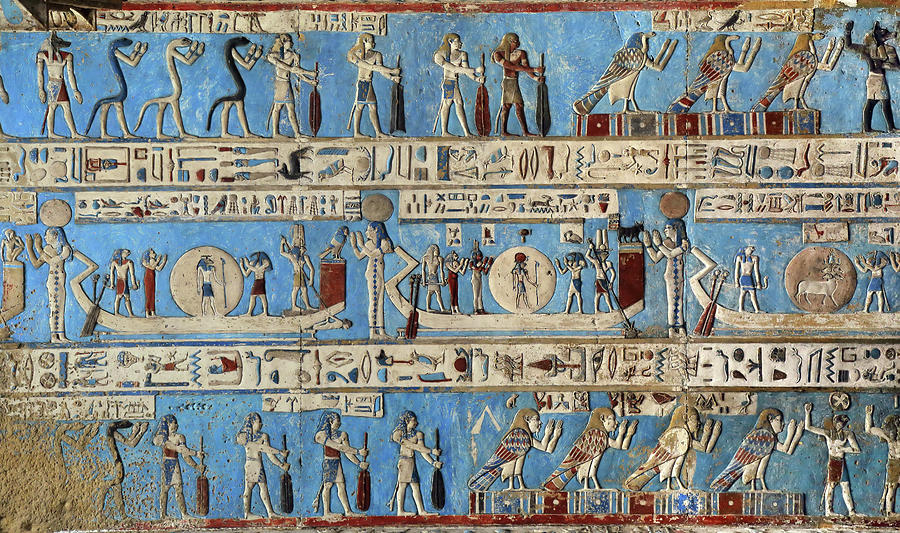
Egyptian hieroglyphics can be translated. The script is a mixture of logograms, which are concepts or words, and the utilization of phonetic symbols, which are sounds or syllables. Scholars have been able to translate most of the hieroglyphic script with extensive research, using tools such as the Rosetta Stone, which broke the code on the script. With the knowledge of the value of the phonetic symbol, logogram meaning, and syntax of the ancient Egyptian language, one can translate. Translating hieroglyphics is, however, not simple due to many symbols expressing different meanings depending on what is being communicated and having a distinct syntax from contemporary languages. Translation needs an understanding of both language and the historical and cultural background.
Can we understand Egyptian hieroglyphs?
Indeed, we can interpret Egyptian hieroglyphs to a great extent because of the toil of researchers and the advent of the most significant relics like the Rosetta Stone. Both pictorial in nature and phonetic in spelling, hieroglyphs have been deciphered over the centuries by linguists and Egyptologists. The deciphering of hieroglyphs was greatly accelerated when scientists found that the Rosetta Stone, which had the very same inscription in Greek, Demotic (a newer Egyptian writing system), and hieroglyphs, could be used as a key for translating the hieroglyphic writing system. Today, we can read most hieroglyphic inscriptions, especially those on monuments, temples, and tombs, and be able to translate them into modern languages. Yet though we can solve much, portions of ancient Egyptian vocabulary and grammar, and portions of symbols, remain not always easy to decode fully, most particularly in higher or less chronicled writings.
Why did Egypt stop using hieroglyphics?

Egypt abandoned the use of hieroglyphics partly due to a chain of political, cultural, and religious events over centuries. Among the major reasons was the spread of foreign influence, in this instance, from the Greeks and Romans, and with it new scripts, as well as old scripts. After the conquest of Egypt by Alexander the Great in 332 BCE, Greek became the dominant language of administration, and later it replaced Egyptian as the written language. The use of the Demotic script (a cursive and abbreviated form of hieroglyphs) towards the 7th century BCE and later the use of the Greek alphabet dwindled the use of traditional hieroglyphics even more.
When Egypt was ruled by the Roman Empire, hieroglyphics had become a religious and ceremonial script which was used most often in tombs and temples for inscriptions concerning the hereafter and the gods. But as Christianity spread throughout Egypt during the 5th and 4th centuries CE, and as paganism lost strength, use of hieroglyphs as a religious device declined. The final nail in the coffin was the closure of the temples in the 6th century CE by the instructions of the Byzantine Emperor Justinian, and it pretty much ended the employment of hieroglyphics.
Over time, the art of reading and writing hieroglyphics was lost, and the script was lost until scholars managed to decipher it during the 19th century when the Rosetta Stone was unearthed.
Are there any hieroglyphs showing how the pyramids were built?
No, there are no hieroglyphics that directly detail how the pyramids were built. While ancient Egyptian texts, including hieroglyphics, have provided excellent information regarding religious beliefs, royal proclamations, and daily life, they do not provide us with a detailed, step-by-step description of how the pyramids were built.The building of the pyramids, and the building of the Great Pyramid of Giza most particularly, is one of the greatest of the ancient Egyptian mysteries.
The Egyptians were famous for their engineering skills, and indirectly, their process is implied in their art, architecture, and other literature. For example, tomb paintings and reliefs sometimes depict workers quarrying stones, moving blocks, or building structures, but oftentimes the scenes are more generalized or symbolic than technical descriptions of pyramid construction. Some of the hieroglyphic texts do mention the labor force that was involved in the huge construction works, like skilled artisans and seasonal laborers, but none of them describes the actual techniques that were used to transport and build the colossal stones.
Modern research, based on archaeological findings and engineering experiments, shows that pyramids were built using a system of ramps, levers, and a huge workforce, though these methods are not elaborated in hieroglyphic sources. The precise step-by-step pyramid construction is an area of current research and controversy.





